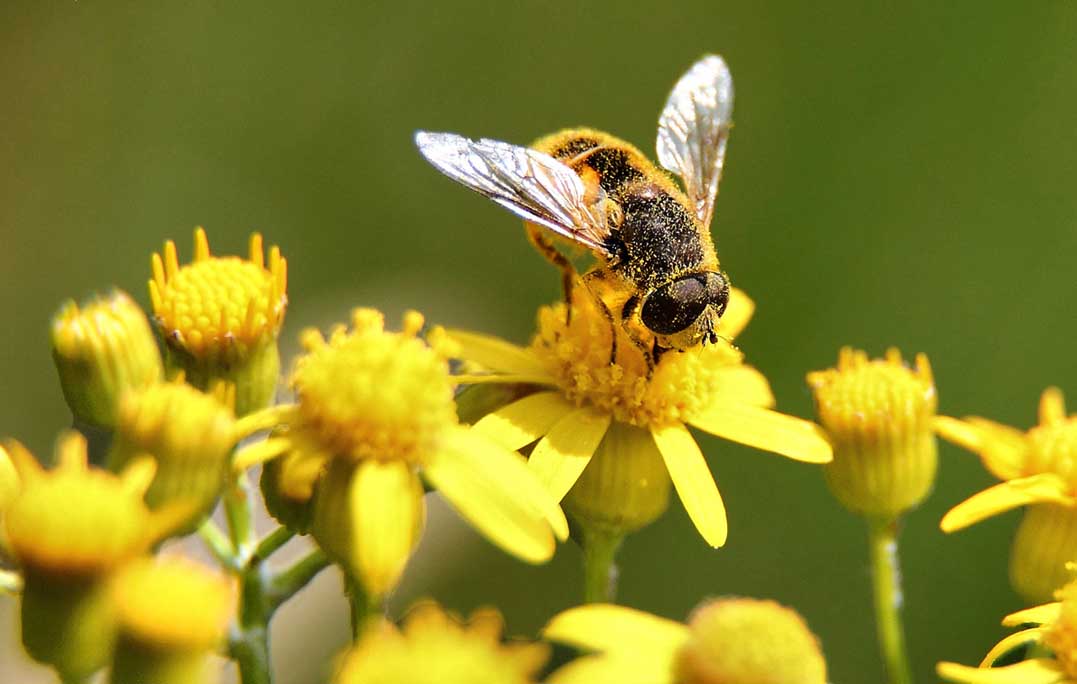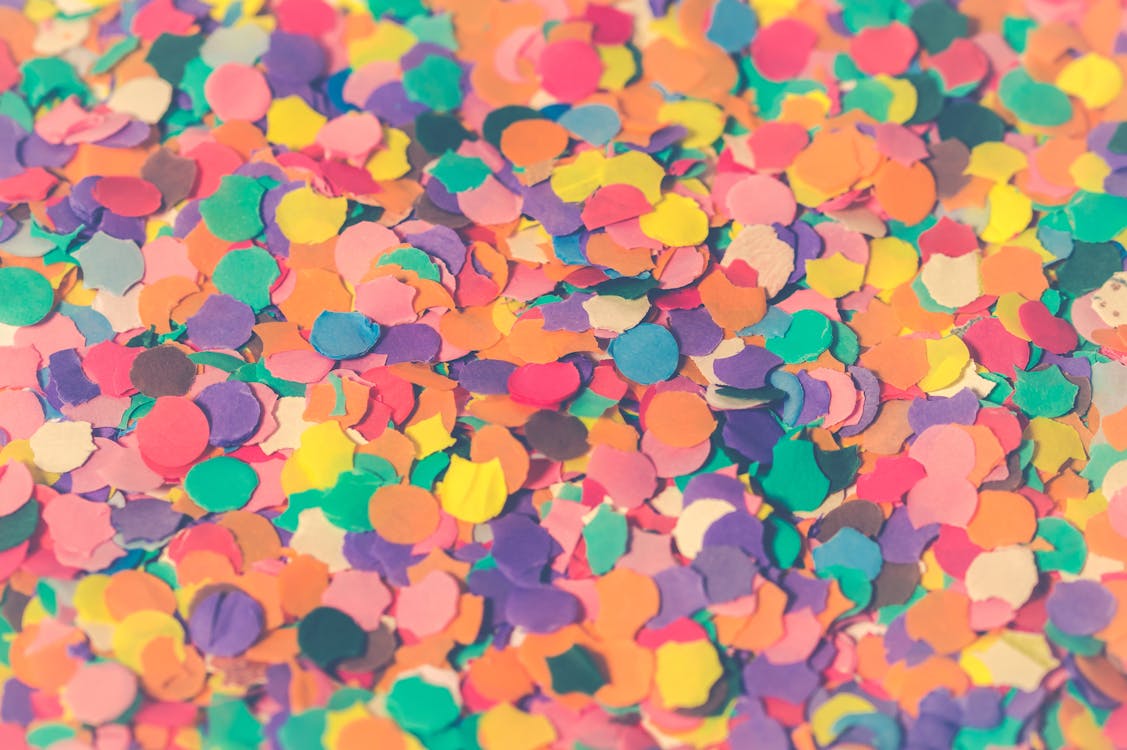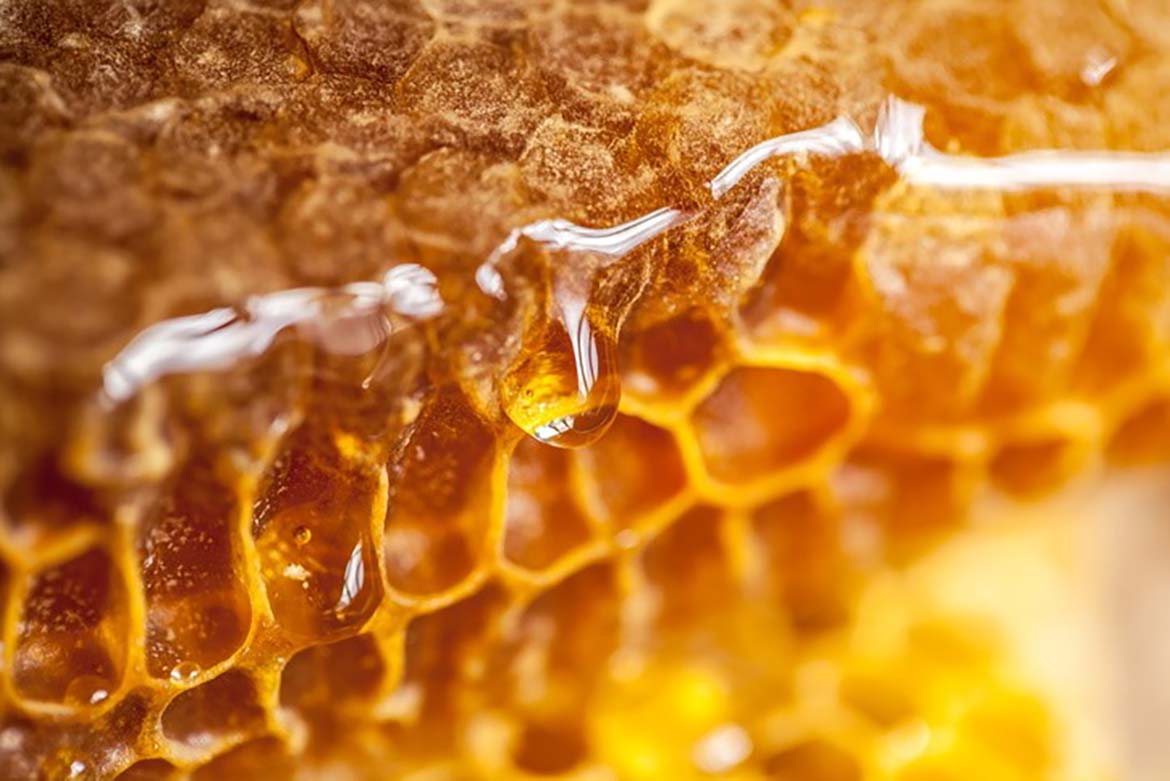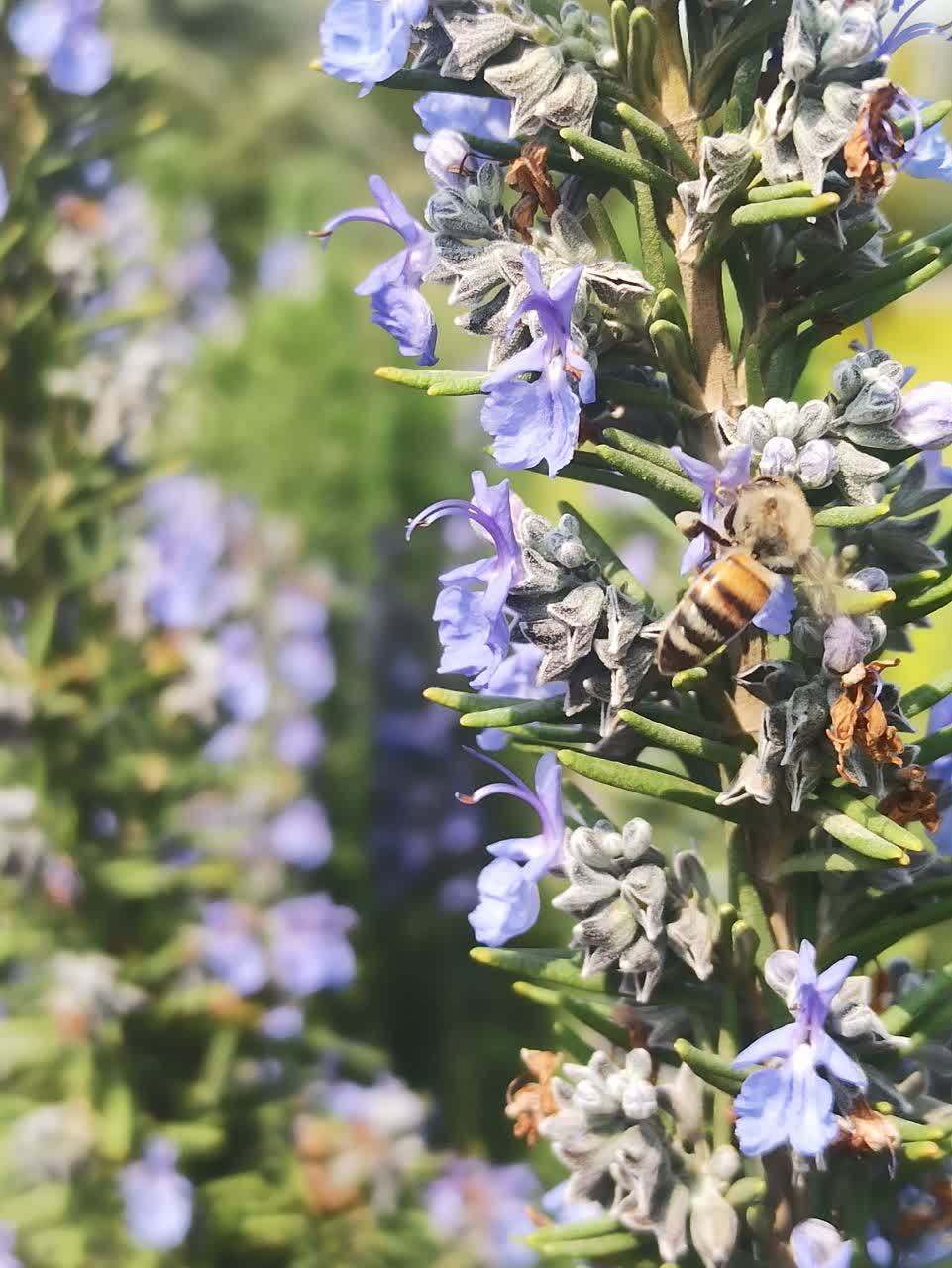Does your mozzarella refuse to stretch or just burn? The secret is science. From "pasta filata" to the crucial role...
To Produce One Kilo of Honey, a Bee Collects Nectar from 6 Million Flowers!
Honey, this sweet and natural gold, is readily available to us, but have you ever thought about the incredible and laborious journey that goes into producing every single drop? This precious liquid is the result of the power of repetition, social order, and the perseverance of millions of honeybees. It might be hard to believe, but to produce just one kilogram of honey, the bees of a hive collectively fly a distance of about 170,000 kilometers and visit nearly 6 million flowers! Join us as we explore how these numbers are calculated.

Deconstructing the Numbers: How Do We Arrive at 6 Million Flowers?
To reach the final number, we need to examine several key parameters. The following calculations are based on classic research in the field of honeybee behavior and take into account the local conditions of Iran.
1. How many flowers does a bee visit per trip?
This number depends entirely on the type of flower. For example, research by C.R. Ribbands (1949) showed that a bee visits several hundred sweet clover flowers to fill its nectar sac once, but this number can rise to 1,110 to 1,446 for a plant like Limnanthes. Since this number is variable, we will use a reasonable and conservative figure of 100 flowers per trip for our calculation.
2. How much nectar is collected per trip?
The weight of nectar a bee carries per trip also varies. Research by Park (1922, 1925) recorded this amount as an average of 40 mg, while Lundie (1925) recorded it as 25 mg. Considering that Iran is a semi-arid country and flowers usually have less nectar, assuming an average of 32 mg of nectar per trip is a logical and realistic estimate.
3. How much of the nectar is converted into honey?
Raw nectar has a low concentration. According to research by Wilson et al. (1958), the nectar of plants like clover and alfalfa contains about 45% sugar. In the hive, bees evaporate the water from the nectar, increasing the sugar concentration to over 80%. Based on this, from a 32 mg load of nectar with a 45% concentration, about 17 mg of pure honey is produced after processing.


4. Final Calculation of Flowers
Now we put all the information together: to produce one kilogram (1,000,000 mg) of honey, about 59,000 trips are needed (1,000,000 divided by 17). If we multiply this number of trips by 100 flowers, we arrive at the final, staggering number of 5,900,000 flowers!


Flight Distance: A Journey Around the World for a Few Drops of Honey!
In addition to the number of flowers, the distance traveled to produce one kilo of honey is also incredible. If we assume that each nectar-collecting trip averages 1.5 kilometers away from the hive and back (a total of 3 kilometers), we can calculate the total distance.
By multiplying the number of trips (59,000 trips) by the distance of each trip (3 kilometers), we get a total distance of about 177,000 kilometers!
To better understand this number, consider that the circumference of the Earth is about 40,000 kilometers. This means that to produce just one kilogram of honey, the bees of a colony fly a distance equivalent to circling the Earth more than 4 times!
What Factors Influence These Numbers?
The numbers mentioned are averages, and in the real world, several factors can change these calculations:
- Type of Flowers: This is the most important variable. Some species have much richer nectar, making the bee's job easier with fewer flower visits.
- Honeybee Species: Some bee breeds are more active and efficient at collecting nectar and flying longer distances.
- Weather Conditions: Temperature, wind, and rain directly affect the amount of nectar in plants and the bees' ability to fly.
- Hive Strength and Size: A strong and populous colony has a larger workforce for collecting nectar and achieves its goal faster.
Taste This Amazing Journey!
Every drop of our honey is the essence of the efforts of millions of bees and a journey around the world. It's not just a product; it's a story of nature, perseverance, and harmony, collected in a jar. By purchasing our natural honey, you support dedicated beekeepers who are the guardians of these amazing creatures.
Shop for Pure & Natural HoneyFAQ: The Wonders of Honey Production
How much nectar can a honeybee collect in a single flight?
A honeybee has a second stomach called the "honey stomach" or crop, which it uses to carry nectar. The capacity of this sac is about 40 to 50 milligrams, which is almost equivalent to the bee's own body weight! To fill this sac, a bee must visit anywhere from 50 to 1,000 different flowers, depending on the flower type.
How much work is required to produce one kilogram of honey?
To produce just one kilogram of honey, a honeybee colony must collectively visit about 4 to 6 million flowers and travel a distance of nearly 170,000 kilometers, which is equivalent to circling the Earth more than four times! This highlights the high value of every single drop of honey.
How much honey does one bee produce in its entire lifetime?
This is one of the most amazing facts. A single worker bee, in its short lifespan of just a few weeks, produces on average only about 1/12th of a teaspoon of honey. The honey we consume is the result of the collective and dedicated work of thousands of bees.
Which flowers have the most nectar for honey production?
The amount of nectar varies greatly among different flowers. Some plants are known as major nectar sources and are highly valuable to beekeepers. Plants like clover, alfalfa, black locust, linden (basswood), lavender, and borage are among the best nectar producers. Of course, the quality and sugar concentration of the nectar are just as important as the quantity.
Is all collected nectar converted into honey?
No. A large portion of the collected nectar is consumed by the bees themselves as their primary energy source for flying, regulating the temperature in the hive, and feeding the larvae. Only the surplus nectar is processed into honey through a complex process and stored for the cold seasons.
















Leave a comment